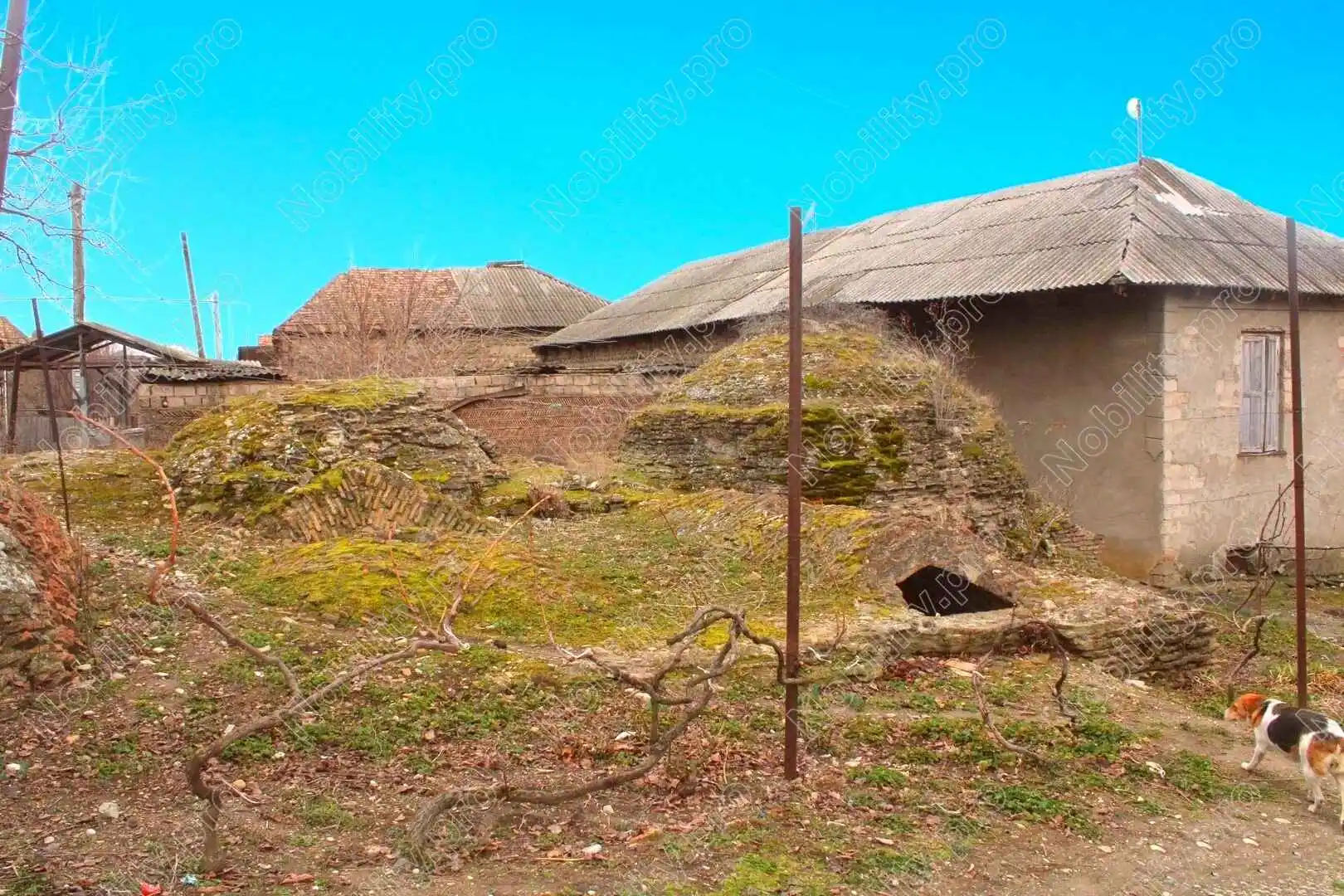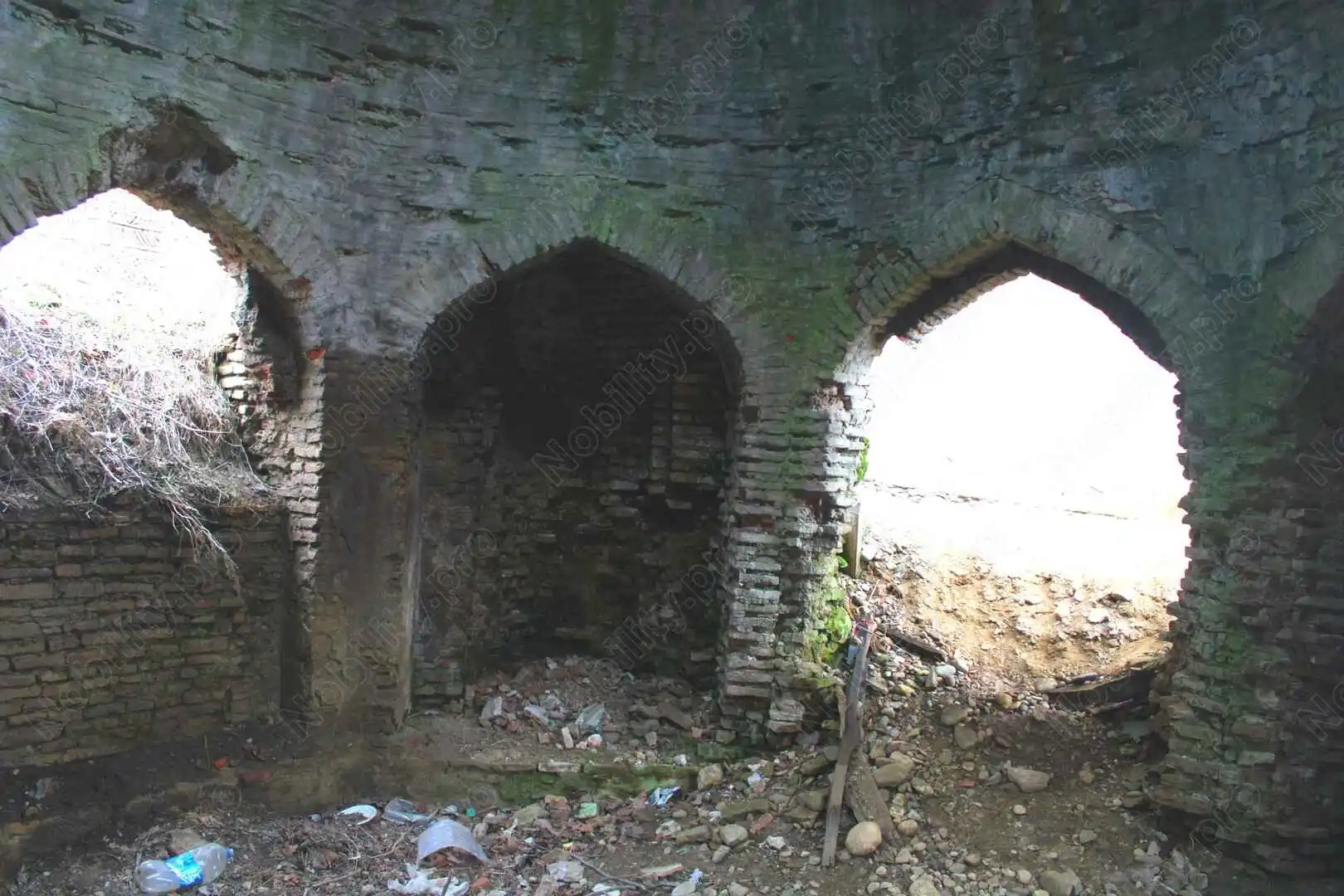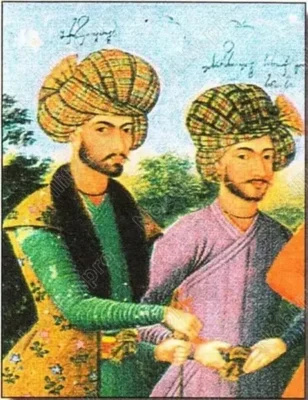Givi Amilakhvari (1689 – 1754) – Prominent statesman and military commander. In early the 18th century, Amilakhvari was one of the most powerful lords serving as the commander of Upper Kartli military district and mouravi of the fortress of Gori. He distinguished himself during the Ottoman attacks in 1723–1735, when he led Georgian resistance following the departure of King Vakhtang VI.
However, a shrewd politician, he often compromised with the Ottomans to further his goals. In 1727, after the death of renegade King Iese, the Ottomans divided Kartli into military districts, appointing Amilakhvari to command one of them. In the 1730s, he was engaged in punitive expeditions against the Lezgians and Kakhetians, although he secretly supported the latter. In 1734, with the Persian invasion of Georgia, Amilakhvari sided with Nadir Khan to drive the Turks out of Transcaucasia and captured Gori in 1735.

However, his desire to liberate and unite Georgia also alarmed Nadir Khan who had him, and other Georgian lords, arrested. Amilakhvari managed to escape, and together with Eristavi Shanshe of Ksani and Vakhushti Abashidze, he organized an uprising against the Persians in Kartli in 1736. However, the Georgian leader was betrayed and was captured by the Persians later that year. From 1737–1740, Amilakhvari participated in Nadir Shah’s campaigns in Afghanistan, where he distinguished himself and earned the respect of the shah.
He was soon sent back to Kartli to fight against his former ally Eristavi Shanshe of Ksani. In 1741, Amilakhvari was appointed the governor of Kartli and was confirmed as the lord of Saamilakhvaro and Ksani. He took part in Nadir Shah’s campaigns in Daghestan, but in 1742–1744, he led another rebellion in Kartli before being defeated in the crucial battle of Achabeti in 1744.

He was captured in 1745 and moved to Isfahan, where he converted to Islam and, under the new name of Shah Quli Khan, became the commander-in-chief (kullar-aqasi) of the golãm troops, one of the five principal offices in Persia. In 1749, during the civil strife in Persia, he gathered the surviving Georgian troops and fought his way back to Georgia, where he spent the remaining years helping Kings Teimuraz II and Erekle II to rebuild Kartli-Kakheti.
Alexander Mikaberidze
